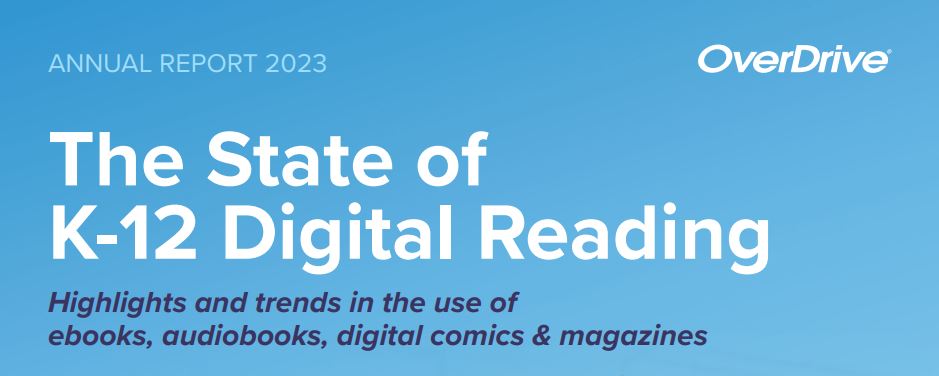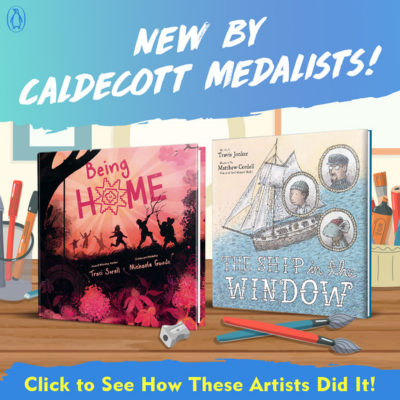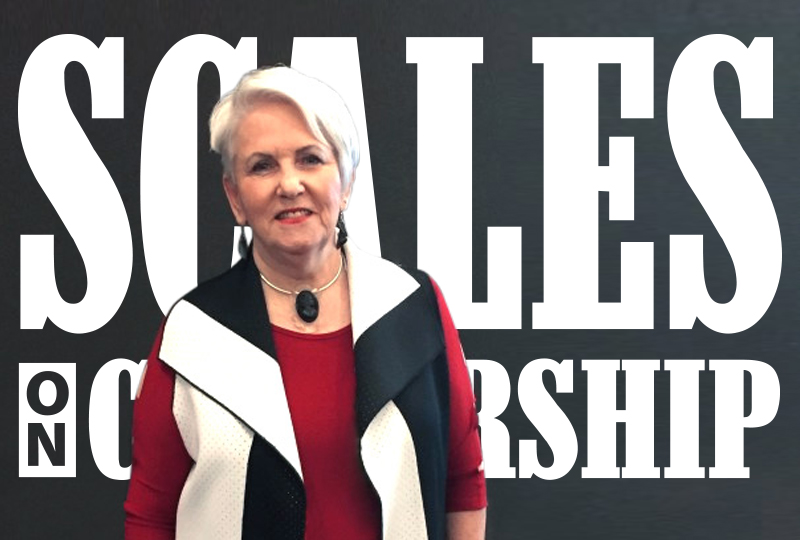Brown Girl Dreaming

Brown Girl Dreaming
Written by Jacqueline Woodson
Published in 2014 by Nancy Paulsen Books
Grades 4 and up
ISBN: 978-0-399-25251-8
Book Review
To refuel, rethink, and reconnect in life, we need only be reminded of the power of dreams. In Brown Girl Dreaming, acclaimed author Jacqueline Woodson eloquently shares the story of her childhood and the dreams that propelled her into a writer’s life. Written in verse, Woodson’s memoir offers readers a compelling life story written with the sounds and structures of poetry to help us breathe in her words with greater attention and reflection. Born in 1963, Woodson writes about the joys and challenges of being raised first in the South and then in Brooklyn during the Civil Rights era. She thoughtfully writes about the complexity of the relationships that mattered to her most including the connections she had to her mother, grandparents, siblings, and friends. As Woodson writes to make sense of her own life, we, in turn, find deeper meaning in our own. Brown Girl Dreaming provides readers a text worthy of close reading and rereading in a study of memoir, poetry, or as a primary source for interdisciplinary studies on the civil rights era. Woodson’s story is an impacting and welcome addition to young adult literature inviting us all “perchance to dream.”
Teaching Ideas / Invitations for Your Classroom
Grades 4-8
Verse vs. Prose: Memoir Text Set. Most memoirs are written in prose while Brown Girl Dreaming is written in verse. Consider with students why Woodson made the choice to write her memoir in verse to share the stories of her childhood. In what ways do the sounds (alliteration, assonance, onomatopoeia, etc.) and structures (line breaks, stanzas, white space, etc.) of poetry convey the issues of identity and growing up that Woodson explores. Support students in a duet model by reading brown girl dreaming and the verse novel The Red Pencil by Andrea Davis Pinkney. In what ways do both authors use poetry to convey the complexity of coming of age and girlhood in different times and places?
ADVERTISEMENT
ADVERTISEMENT
Memoir Text Clubs. Support students in memoir text clubs using other memoirs such as Knots in my Yo-Yo String by Jerry Spinelli, Marshfield Dreams: When I Was a Kid by Ralph Fletcher, When I Was Your Age by Emily Ehrlich, My Life in Dog Years by Gary Paulsen, The Tarantula in My Purse by Jean Craighead George, Smile by Raina Telgemeier, and Dead End in Norvelt by Jack Gantos (based on autobiographical context) drawing students’ attention to the comparisons that can be made about the themes and writing style each writer uses.
What’s in a Title? Support students to interpret the many layers of significance Woodson’s title suggests. In what ways does the title demonstrate poetic license with the use of lower-case letters in keeping with poets such as e.e. cummings? Throughout the text, trace with students moments in the text that connect back to the title. In what ways does a few simple words reflect the complex positioning of the author? In what ways are girlhood, skin color, and the power of dreams central to Woodson’s story? Support students to craft titles for their own memoirs. Can they say more with less as Woodson did? Finally, support students to further their visual literacy skills by interpreting the silhouette on the cover to accompany and compliment the title. Like the title, how are the visual choices simple yet complex?
To You: Duet Model. Brown Girl Dreaming opens with Langston Hughes’ poem “To You”. Read and interpret the poem with students and support students to make predictions about the ways in which Woodson’s childhood stories will connect to Hughes’s urging to “Hold fast to dreams”. What are the dreams she will hold on to? What are the dreams of other people in her life? In what ways are they fulfilled or unfulfilled? In what ways could Hughes have inspired the choice Woodson made to write her story in verse?
Finding Voice through Writing. Throughout the book, Woodson describes how she began to find her voice through writing. Come to your own definition as a class for “voice” and compare to other definitions in the field which vary widely. Support students to identify moments in the text where Woodson’s voice is illuminated through descriptions of her feelings and convictions. Then, draw students to notice particular poems, such as “writing #1”, “writing #2”, and “the stories i tell”, considering how writing came to impact Woodson’s voice in her family and community. Extend student learning with a comparison to Woodson’s Behind You drawing comparisons to how she uses first person narration to create the voice of several key characters.
A Year in Focus: 1963. The first pages of brown girl dreaming open with reference to sit-ins, Rosa Parks, Martin Luther King Jr., Malcom X, and Ruby Bridges. Research with students these references along with top news stories from Woodson’s birth year, 1963. By reading across texts, have students consider the ways in which the events of 1963 impacted Woodson’s childhood and how she positioned herself or may have been positioned by society both in Ohio and then South Carolina.
Finding Significance in Objects. Woodson’s notebook became her savior. As she writes, “on paper, things can live forever.” Consider with students objects in their own lives that have significance to them–that shape them in some way. What do those objects say about them and the hopes and dreams they have for themselves? In what ways do those objects position them in their families and in school?
The Impact of Place. Woodson’s childhood began in the Ohio where her father’s family had for generations felt respected as Black Americans. This respect was powerful enough to keep Woodson’s father firmly rooted there. Woodson moves with her mother to South Carolina and the place itself impacts who she becomes. The feel of the dirt. The voice of her granddaddy. The smells of cookin. When she moves up North again she is influenced by new people, languages, and events. Support students to notice these details in Brown Girl Dreaming and to consider the ways their own coming of age narratives are shaped by the places they live. Pair poems from Brown Girl Dreaming with George Ella Lyon’s poem “where i’m from” and have students compose their own poetry about the various places they are from and the details that make those places meaningful to them. Consider multimedia extensions by having students construct their own audio or videos that accompany their poems.
The Complexity of Family and Friendship. Throughout the memoir, we come to realize that Woodson’s family may in many ways be like our own. That is, there are moments of fierce loyalty and moments of great conflict. The same can be said of Woodson’s friendships particularly when she moves to Brooklyn and meets her friend, Maria whose “hair is crazily curling down past her back/ the Spanish she speaks like a song/I am learning to sing.” Support students to interpret poems such as “family” and “going home again” to draw conclusions about Woodson’s relationships with family and friends. In what ways do your students find connections to their own lives? In what ways do they find disconnections?
ADVERTISEMENT
ADVERTISEMENT
How to Listen: Reading Across Poems. Throughout the memoir, there are ten poems entitled “how to listen” #s 1-10. Compile these ten poems into a text set and have students consider the ways in which Woodson is encouraging us as readers to listen more closely to the people, words, and sounds around us. Then have students compose their own “How to Listen” poems offering words of wisdom to one another. Scaffold student thinking about how to listen by considering as a class other related questions such as: who should we listen to, where should we listen, when should we listen, and why should we listen.
Author Study. Who is Jacqueline Woodson and how can we as readers and listeners come to know her better? As a class, listen to the first National Public Radio interview with Jacqueline Woodson about Brown Girl Dreaming. In what ways does the interview further students’ thinking about Woodson and what she hopes her writing does for the world. Then, gather students in text clubs to read other books by Jacqueline Woodson such as Behind You, After Tupac and D Foster, Feathers, Coming On Home Soon, Hush, and If You Come Softly noticing the themes and craft techniques she uses within and across texts. Have students consider the ways in which their knowledge of Woodson from the interview informed their reading of her other works.
Critical Literacy
Race in America. Woodson’s memoir is focused on the 1960s and 1970s where the Civil Rights movement and the remnants of Jim Crow laws greatly impacted her childhood and family life, particularly in South Carolina. Consider with students evidence of how race impacted Woodson’s childhood story both in the South and in Brooklyn. In what ways has the conversation about race in America changed since then? View the National Book Foundation Awards and consider with students the racially charged comments by the presenter, Daniel Handler, author of the Lemony Snicket series, about Woodson’s allergy to watermelon. Read Woodson’s response in the New York Times and listen to her National Public Radio interview. What are signs that we as a nation have made progress with attitudes and beliefs about race? In what ways do events such as the shooting in Ferguson, Missouri and subsequent protests show us that racism is alive in America? In what ways do Daniel Handler’s comments show us that racism comes in overt and subversive forms? Support students to discuss ways that their own skin color impacts their identities. Turn to our entry on Teaching for Change and Social Justice as a teaching resource to continue this work throughout the school year.
A People’s Revolution. Woodson describes in her National Public Radio interview on the book why she included the word “brown” in the title. As Woodson stated, “My grandmother would always say to me, ‘You’re a pretty brown girl,’ ” she says. “There was something about ‘brown’ that felt more universal, and it was speaking to more people than myself.” Support students to identify the ways in which collective voice is evident throughout the text. We read about Woodson’s childhood but we are positioned to consider the collective interests of people of color both historically and today.
#weneeddiversebooks. Read with students the New York Times book review of brown girl dreaming. Discuss as a class whether your students think the title is limiting its audience because of the reference to skin color as Veronica Chambers suggests. Together as a class do a classroom bookshelf inventory. How many books have characters of color? What is the percentage of books that have characters of color out of the full collection? Join as a class the #weneeddiversebooks Twitter campaign that is urging the publishing world, libraries, and classrooms to make more diverse children’s and young adult literature a twenty-first century priority and right for all readers.
Further Explorations
Online Resources
Jacqueline Woodson’s Site
http://www.jacquelinewoodson.com/
National Book Award Acceptance
http://www.nationalbook.org/nba2014_ypl_woodson.html – .VIIHD2TF-Ho
New York Times Book Review
http://www.nytimes.com/2014/08/24/books/review/jacqueline-woodsons-brown-girl-dreaming.html?_r=1
Washington Post Book Review
http://www.washingtonpost.com/entertainment/books/brown-girl-dreaming-by-jacqueline-woodson/2014/08/12/8fb32454-1bed-11e4-ae54-0cfe1f974f8a_story.html
National Public Radio Interview
http://www.npr.org/books/authors/138262577/jacqueline-woodson
Reading Rockets Video Interview
http://www.readingrockets.org/books/interviews/woodson
Author Chat with New York Public Library
http://www.nypl.org/author-chat-jacqueline-woodson
Author Reading from Brown Girl Dreaming
https://www.youtube.com/watch?v=b5P3Y06co54
National Public Radio Interview: Woodson’s Response to Watermelon Joke
http://www.npr.org/blogs/thetwo-way/2014/12/01/367742195/book-news-jacqueline-woodson-addresses-lemony-snickets-watermelon-joke
Woodson’s New York Time Opinion Article “The Pain of the Watermelon Joke”
http://www.nytimes.com/2014/11/29/opinion/the-pain-of-the-watermelon-joke.html?_r=0
Buzzfeed Reaction to Daniel Handler Comments
http://www.buzzfeed.com/ashleyford/meanwhile-in-america-brown-girls-are-still-dreaming
Classroom Bookshelf Entry on Woodson’s Each Kindness and Beneath a Meth Moon
http://classroombookshelf.blogspot.com/2012/11/each-kindness-and-beneath-meth-moon.html
Books
Woodson, J. (2002). Hush. New York: Penguin Group.
Woodson, J. (2002). Last summer with maizon. New York: Penguin Group.
Woodson, J. (2003). Locomotion. New York: Recorded Books.
Woodson, J. (2007). Feathers. New York: Penguin Group.
Woodson, J. (2009). Peace, Locomotion. New York: Putnam’s.
Woodson, J. (2010). After Tupac and D. Foster. New York: Penguin Group.
Filed under: Biography & Memoirs, Poetry
About Katie Cunningham
Katie is a Professor of Literacy and English Education at Manhattanville College. There she is also the Director of the Advanced Certificate Program in Social and Emotional Learning and Whole Child Education. Her work focuses on children’s literature, joyful literacy methods, and literacy leadership. Katie is the author of Story: Still the Heart of Literacy Learning and co-author of Literacy Leadership in Changing Schools. Her book Start with Joy: Designing Literacy Learning for Student Happiness will be released September 2019. She is passionate about the power of stories to transform lives.
ADVERTISEMENT
ADVERTISEMENT
SLJ Blog Network
Name That LEGO Book Cover! (#53)
Cover Reveal and Q&A: The One and Only Googoosh with Azadeh Westergaard
K is in Trouble | Review
Fighting Public School Book Bans with the Civil Rights Act
ADVERTISEMENT







this book is amazing. I read it and completely fell in love with it